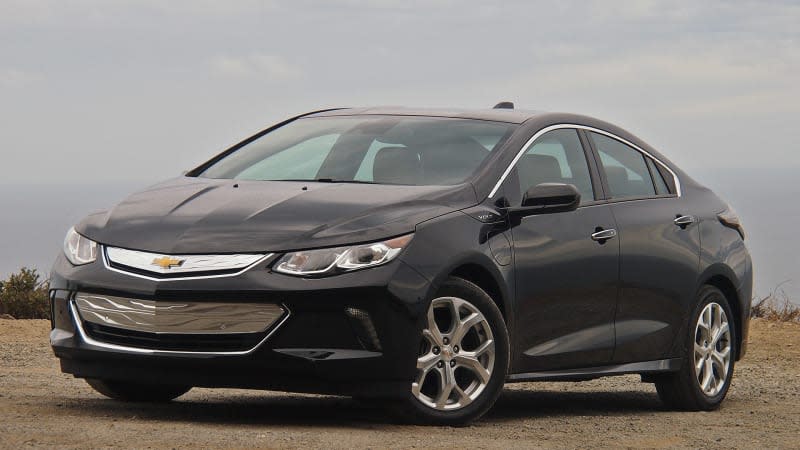Dear America, your cars don't need as much power as you think

I recently won a 0-20-mph drag race against a Chevrolet Volt. A day later I smoked a Tesla Model 3. “Um OK,” you’re thinking, “that can’t be that hard.” Well, except that the vehicle I was piloting featured a hybrid powertrain of a Bosch electric motor and 40-year-old human legs. That’s right, I out accelerated automobiles on a bicycle.
On another occasion, I found myself driving behind my wife in her 2023 Kia Niro EV. The specs say it accelerates from zero to 60 mph in 7.8 seconds, a time that’s six-tenths off the pace of Kia’s rear-motor-only EV6, a vehicle I’ve repeatedly read being described as “slow.” The Niro, therefore, must be extra-slow. And yet, as she turned left onto a highway onramp, she rocketed forward leaving me in a Mercedes-AMG C43 and every other car in the left turn lane in the distance.
I share these anecdotes not to boast about my cycling ability, nor my wife having a lead foot. No no. I’m crap and she really doesn’t. Instead, I want to point out that most drivers accelerate very slowly. The notion of “bigger is better” will forever be engrained in the American psyche, but when it comes to horsepower largesse, today’s cars hilariously exceed both the expectations and driving habits of most drivers. Most car buyers just don’t have a frame of reference when it comes to equating 0-60 times, output figures and the actual feeling of acceleration.


Eat my dust, Mr Volt!
Now, we in the automotive-reviewing media absolutely share some of this blame. We like accelerating quickly and cars that accelerate quicker are bound to reap more positive reviews. At the very least, we’re obligated to point out when a car’s acceleration is slower than a certain competitor's or the segment’s average.
However, just because Car A is slower than Car B doesn’t make Car A slow. It makes it slower. For example, the dual-motor EV6 may be 2 full seconds quicker from 0-60 than the rear-motor model – a relatively massive difference – but barring a back-to-back drive or a wealth of comparative knowledge, it’s laughable to think that the average driver could possibly deem the rear-motor version “slow.” Because it isn’t.

 Yahoo Autos
Yahoo Autos 
